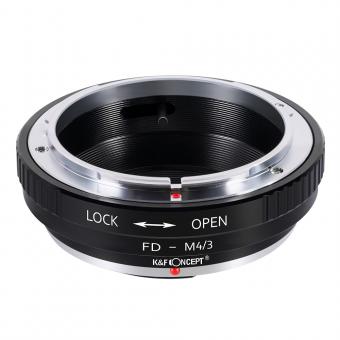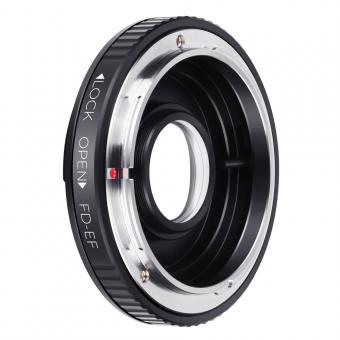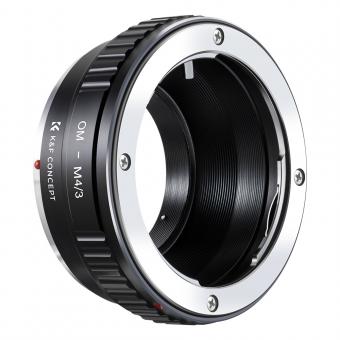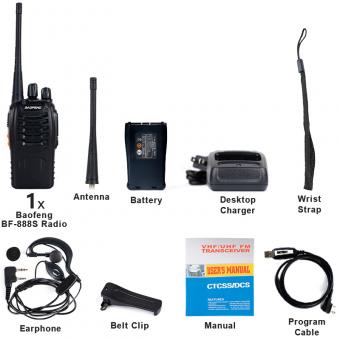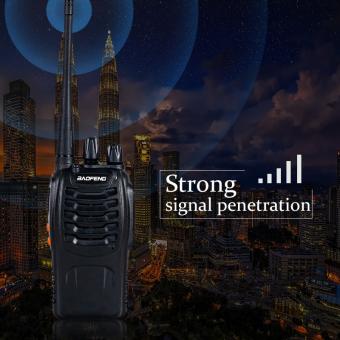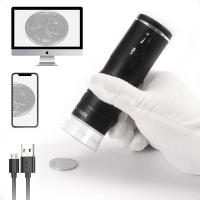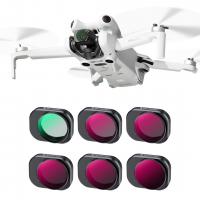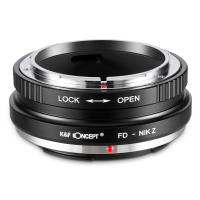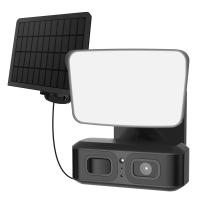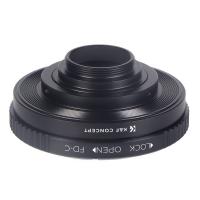What Is The Purpose Of Surveillance Cameras?
The purpose of surveillance cameras is to monitor and record activities in a specific area for security and safety purposes. They are commonly used in public places such as banks, airports, and shopping centers to deter criminal activity and provide evidence in case of a crime. Surveillance cameras can also be used in private residences and businesses to monitor employees, prevent theft, and ensure safety. The footage captured by surveillance cameras can be used to identify suspects, track their movements, and provide evidence in court. Additionally, surveillance cameras can be used to monitor traffic and public transportation systems to improve safety and efficiency. Overall, the purpose of surveillance cameras is to provide a sense of security and safety for individuals and communities.
1、 Crime prevention
The purpose of surveillance cameras is primarily to prevent crime. By monitoring public spaces, businesses, and residential areas, surveillance cameras can deter criminal activity and provide evidence in the event of a crime. The presence of cameras can make potential criminals think twice before committing a crime, as they know they are being watched and could be caught.
In recent years, there has been a growing debate about the effectiveness of surveillance cameras in preventing crime. Some argue that cameras can be invasive and do not necessarily prevent crime, as criminals may simply move to areas without cameras. However, proponents of surveillance cameras argue that they are an important tool in maintaining public safety and deterring criminal activity.
In addition to preventing crime, surveillance cameras can also be used to monitor traffic and improve public safety in other ways. For example, cameras can be used to monitor for accidents or other emergencies, allowing emergency services to respond quickly and effectively.
Overall, the purpose of surveillance cameras is to provide a sense of security and safety for the public. While there are concerns about privacy and the effectiveness of cameras in preventing crime, they remain an important tool in maintaining public safety and deterring criminal activity. As technology continues to advance, it is likely that surveillance cameras will become even more sophisticated and effective in preventing crime and improving public safety.
2、 Public safety
The purpose of surveillance cameras is primarily to ensure public safety. These cameras are installed in public places such as streets, parks, and shopping centers to monitor and deter criminal activities. They are also used to identify and apprehend criminals who commit crimes in these areas.
Surveillance cameras have become increasingly popular in recent years due to the rise in crime rates and the need for better security measures. They provide a sense of security to the public and help law enforcement agencies to prevent and solve crimes. In addition, they can also be used to monitor traffic and detect accidents, which can help emergency services respond more quickly.
However, there are concerns about the use of surveillance cameras and their impact on privacy. Some people argue that the use of these cameras is an invasion of privacy and that they can be used to monitor innocent people. There have also been cases where surveillance footage has been used to discriminate against certain groups of people.
Despite these concerns, the use of surveillance cameras continues to be an important tool for public safety. With the latest advancements in technology, these cameras are becoming more sophisticated and effective in detecting and preventing crime. As long as they are used responsibly and with proper oversight, surveillance cameras can help to create a safer and more secure environment for everyone.
3、 Employee monitoring
The purpose of surveillance cameras, including employee monitoring, is to enhance security and safety in various settings. In the workplace, employee monitoring through surveillance cameras is used to deter theft, vandalism, and other criminal activities. It also helps to ensure that employees are following company policies and procedures, and that they are working efficiently and effectively.
However, there has been a growing concern about the invasion of privacy that comes with employee monitoring. Some employees feel that constant surveillance is intrusive and can lead to a lack of trust between management and staff. Additionally, there is a risk of misuse of surveillance footage, such as using it to discriminate against employees or to monitor their personal lives outside of work.
To address these concerns, some companies have implemented policies that balance the need for security with the right to privacy. For example, they may limit the use of surveillance cameras to certain areas of the workplace, or only use them during specific times of the day. They may also inform employees of the use of surveillance cameras and provide them with the opportunity to voice their concerns.
Overall, the purpose of surveillance cameras in employee monitoring is to promote safety and security in the workplace. However, it is important for companies to consider the potential impact on employee privacy and to implement policies that protect both the company and its employees.
4、 Traffic control
The purpose of surveillance cameras is to monitor and record activities in a particular area. One of the most common uses of surveillance cameras is for traffic control. Traffic cameras are installed at intersections, highways, and other busy areas to monitor traffic flow, detect accidents, and enforce traffic laws.
Traffic cameras are an essential tool for traffic management and safety. They help traffic engineers to monitor traffic patterns and identify areas where congestion is likely to occur. This information can be used to adjust traffic signals, reroute traffic, and improve road infrastructure to reduce congestion and improve safety.
In recent years, there has been a growing concern about the use of surveillance cameras for traffic control. Some people argue that these cameras violate privacy rights and are used to monitor citizens without their consent. However, proponents of traffic cameras argue that they are necessary for public safety and can help reduce accidents and traffic congestion.
The latest point of view on the use of surveillance cameras for traffic control is that they are an essential tool for managing traffic and improving safety. However, there is a need to balance the benefits of surveillance cameras with the privacy concerns of citizens. Governments and law enforcement agencies need to ensure that surveillance cameras are used responsibly and that citizens' privacy rights are protected. Overall, surveillance cameras are an important tool for traffic control and can help improve safety and reduce congestion on our roads.







